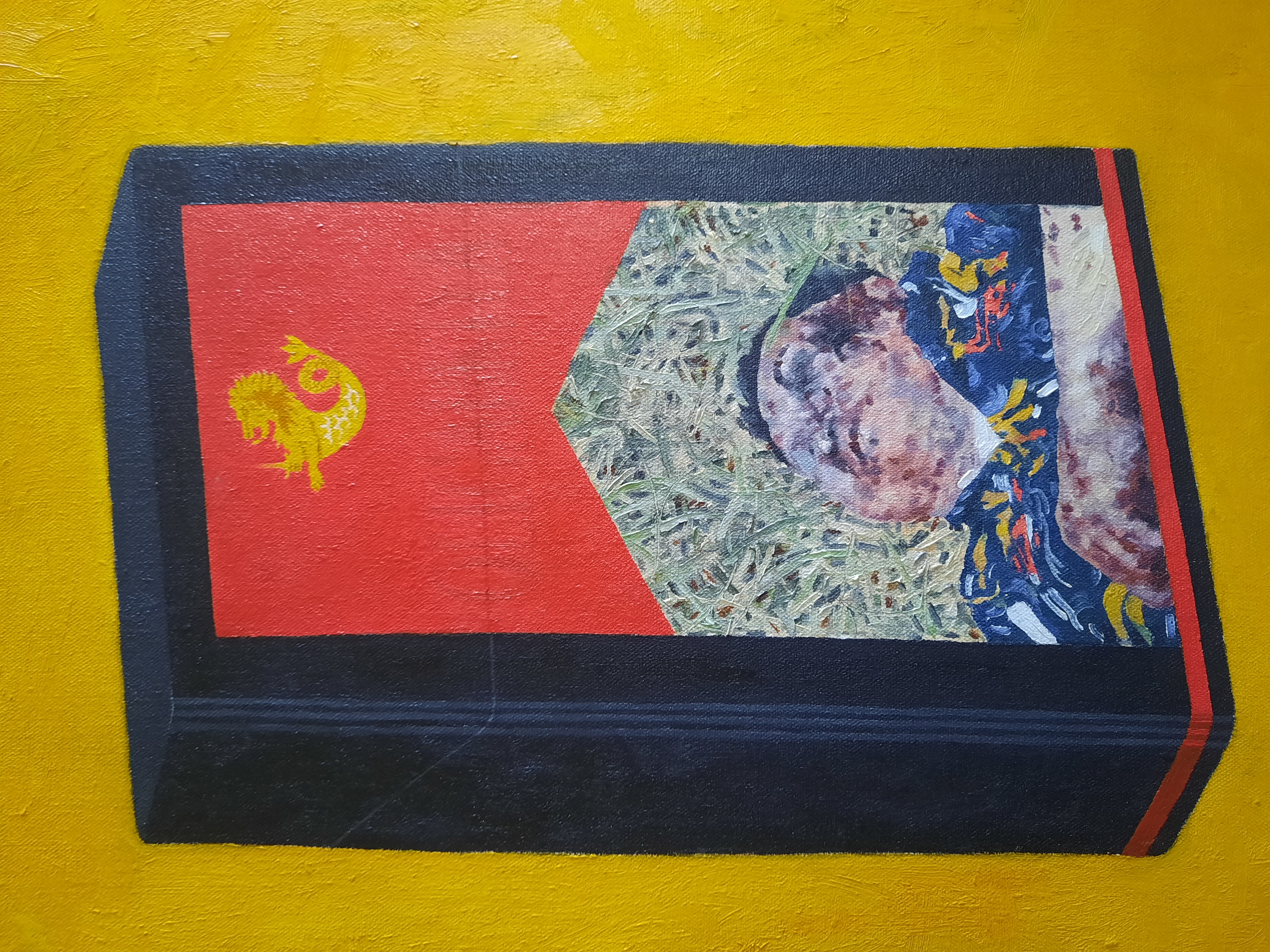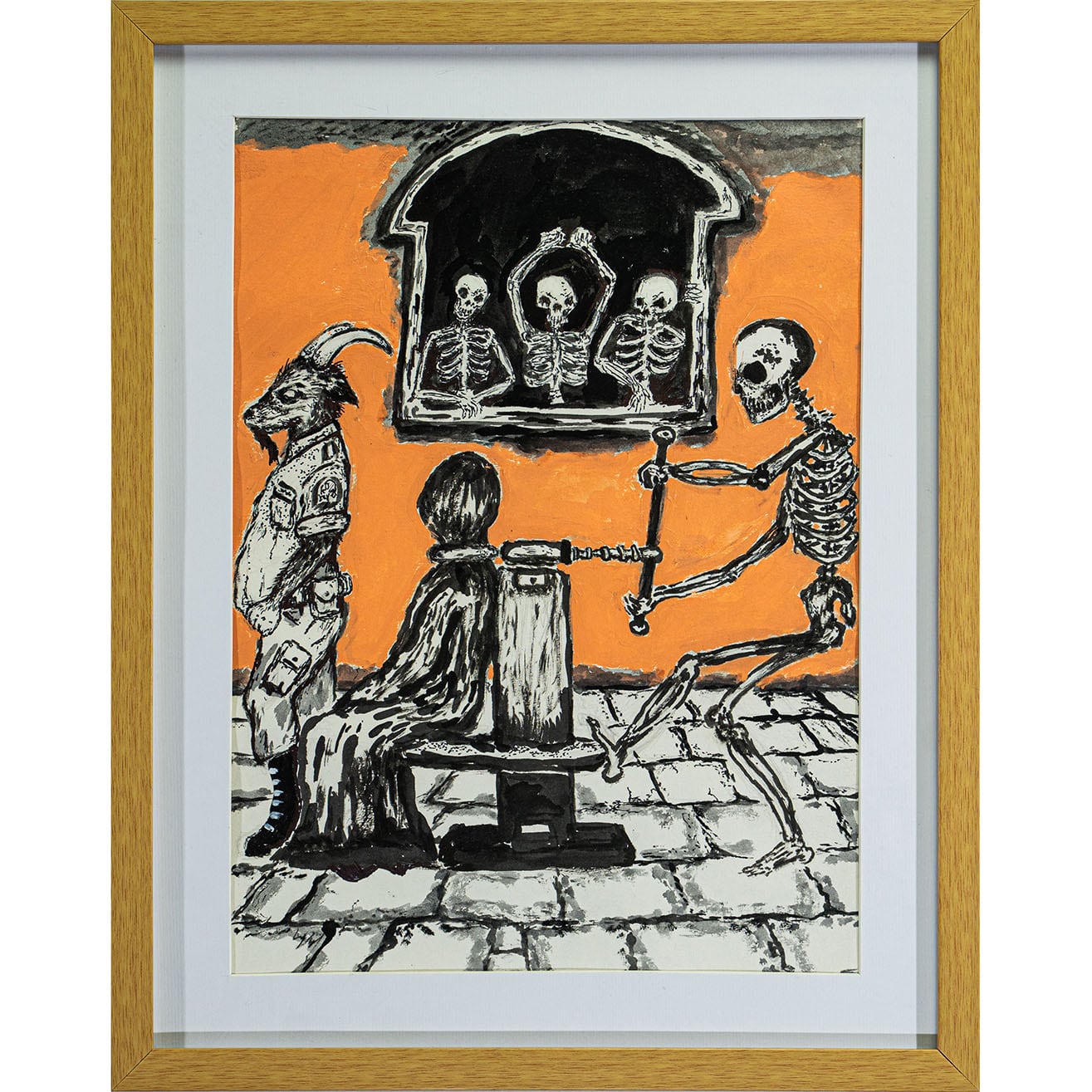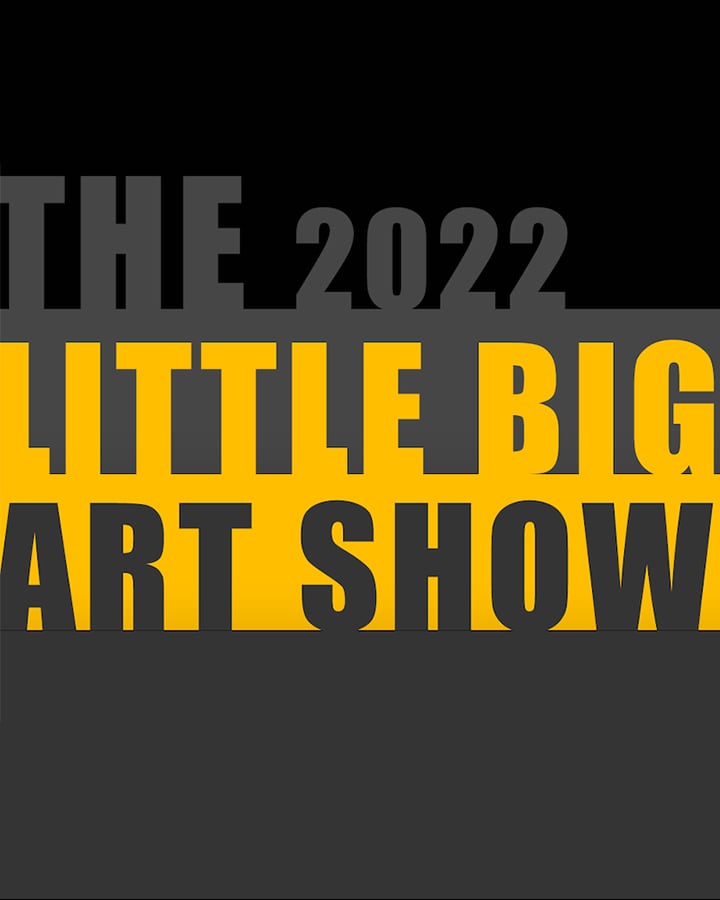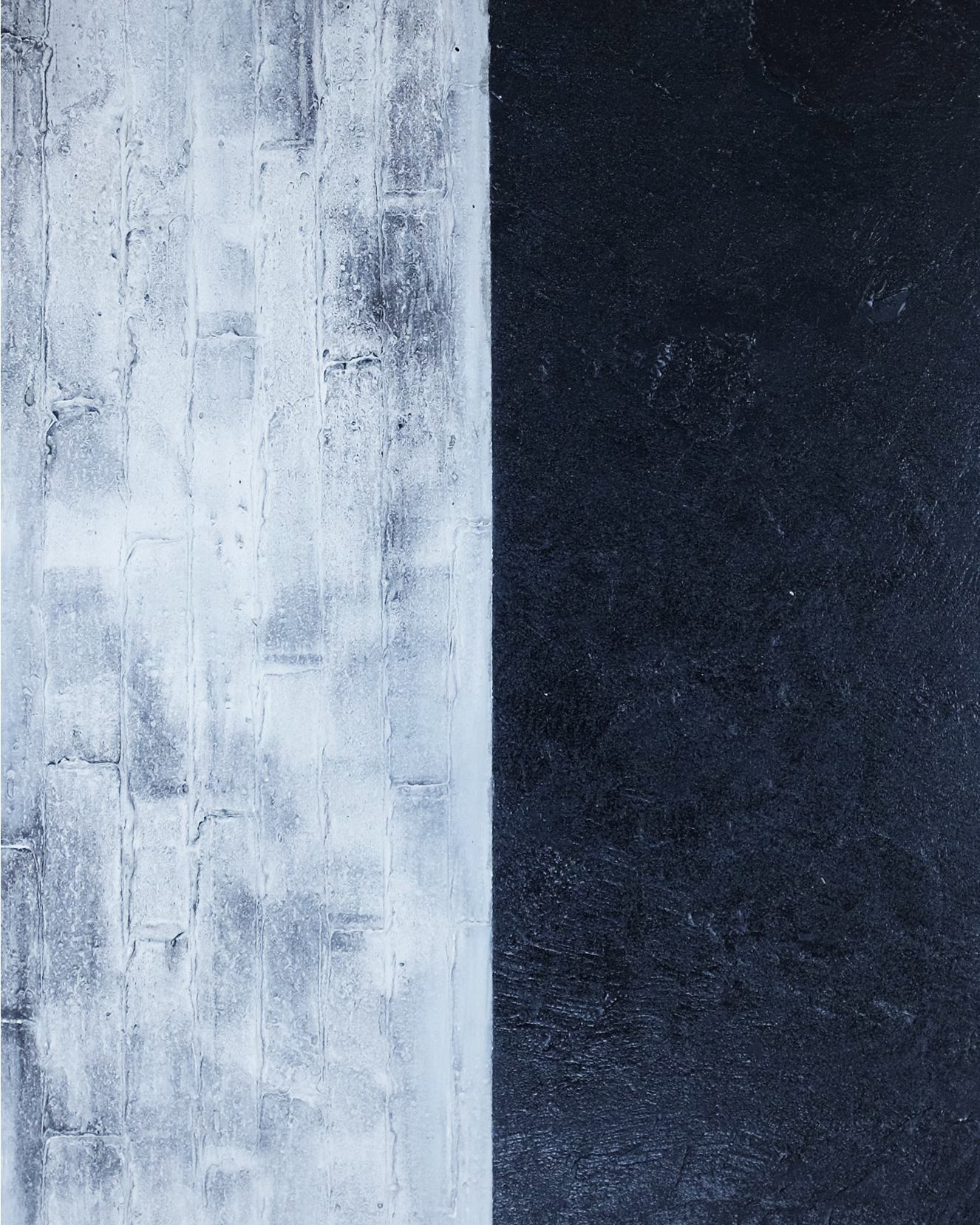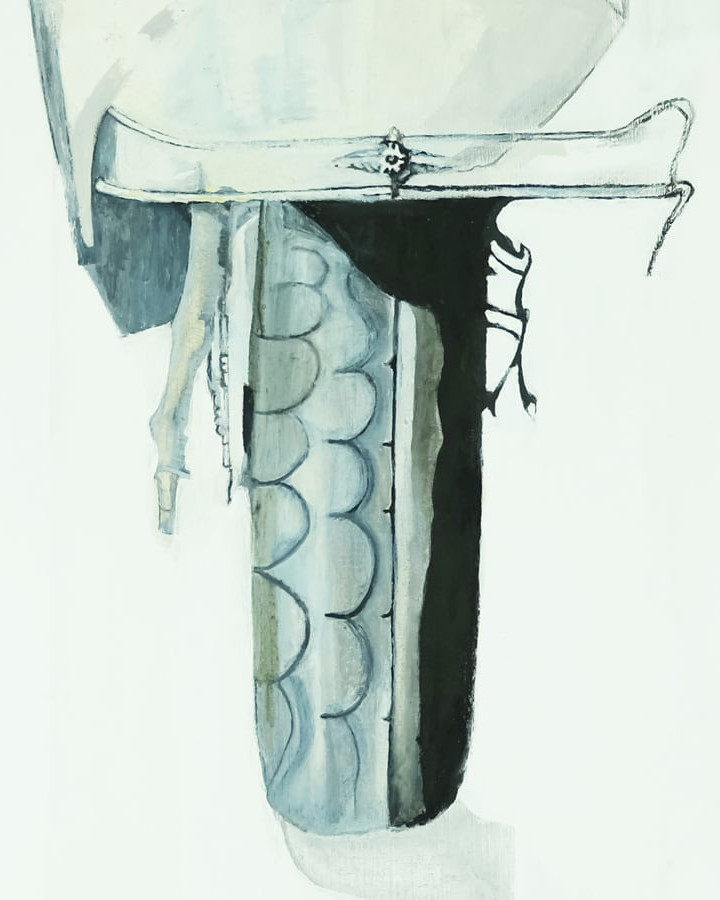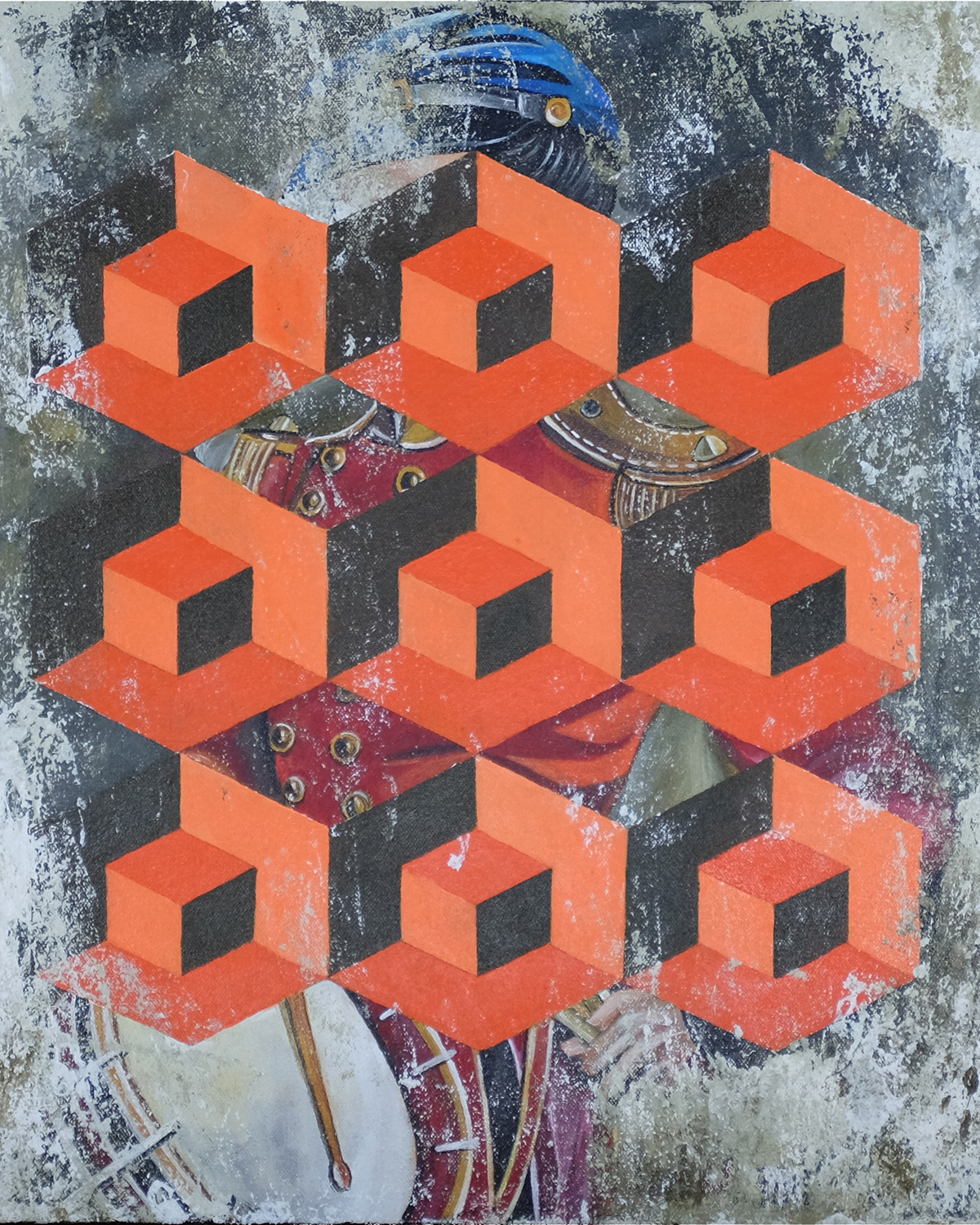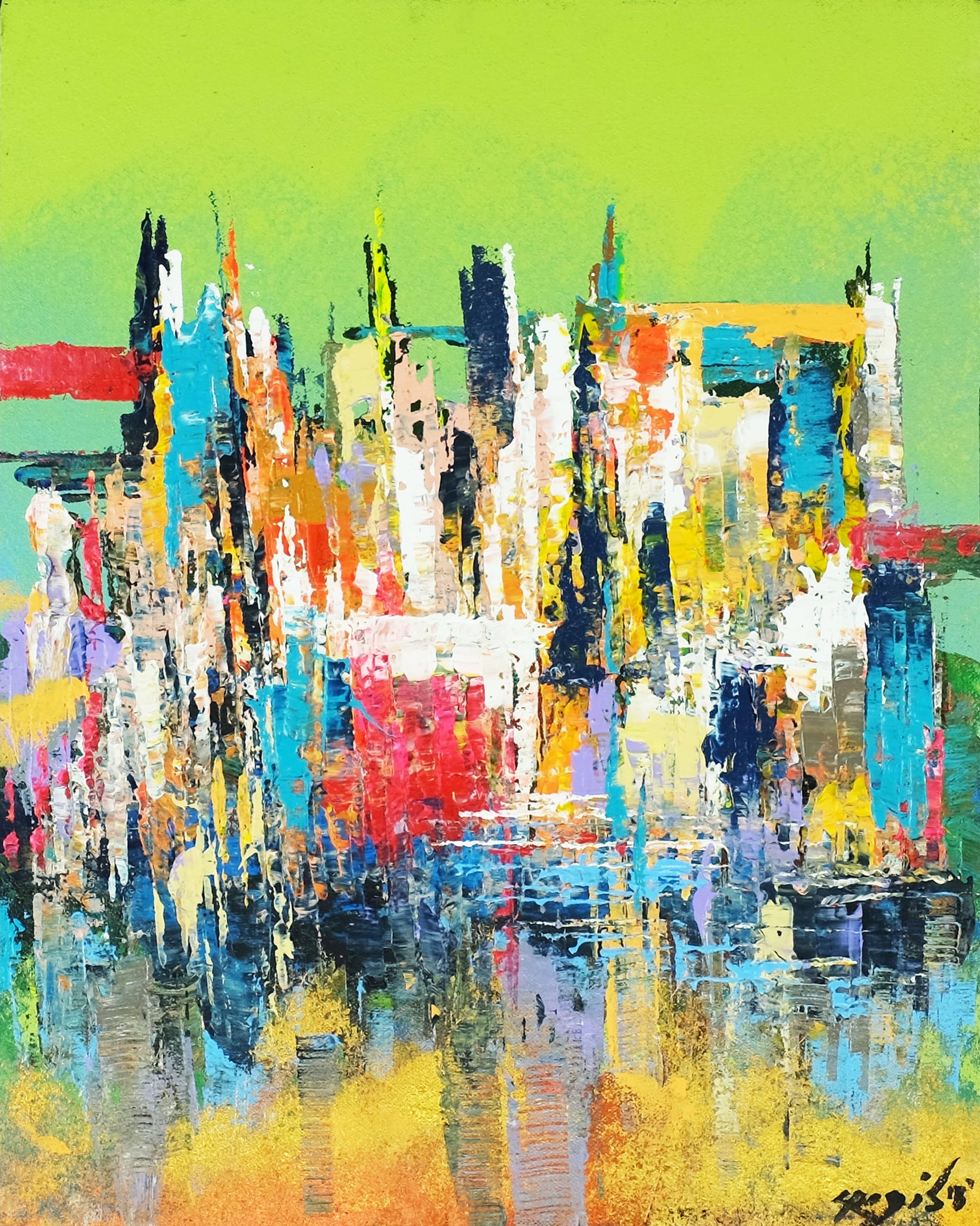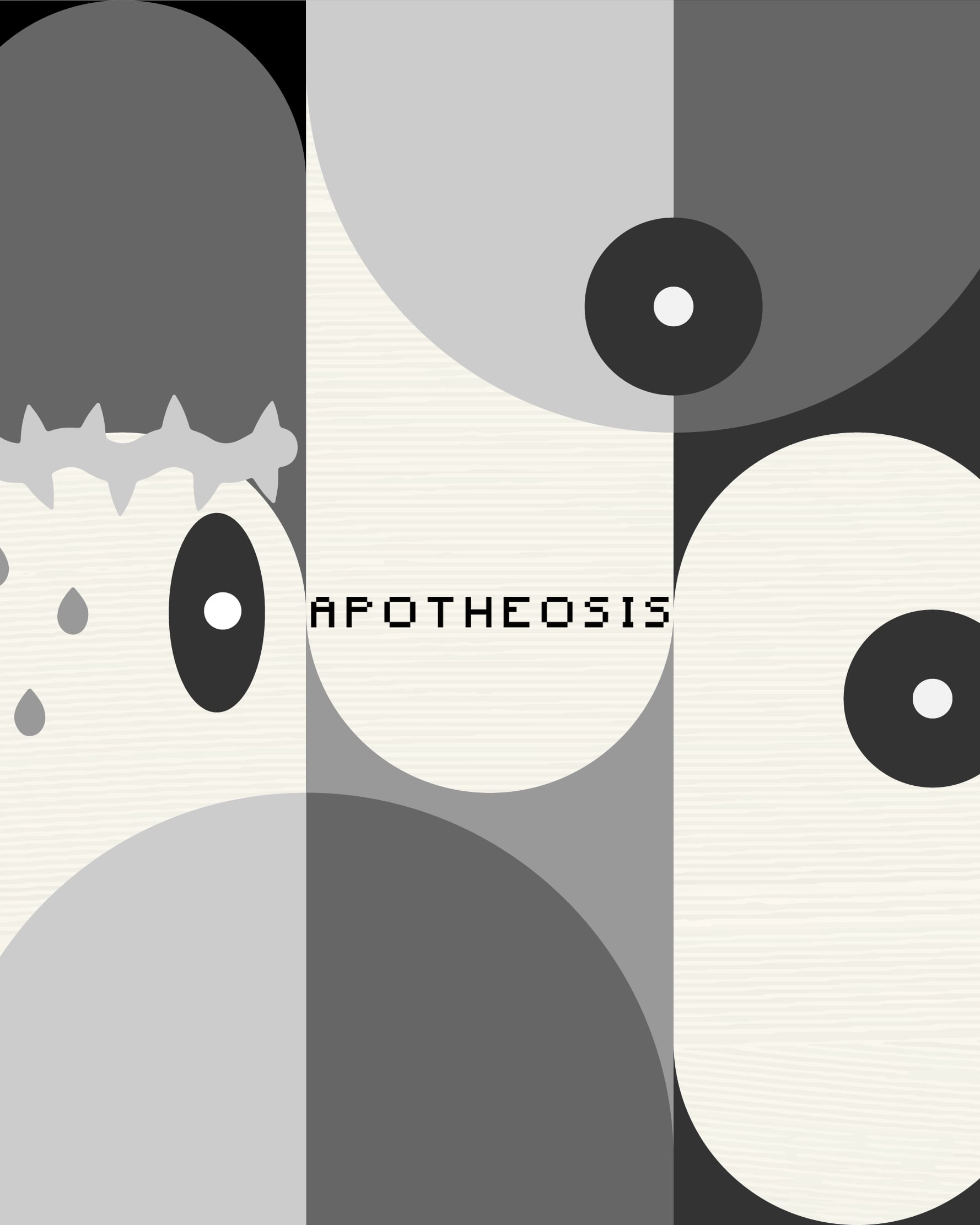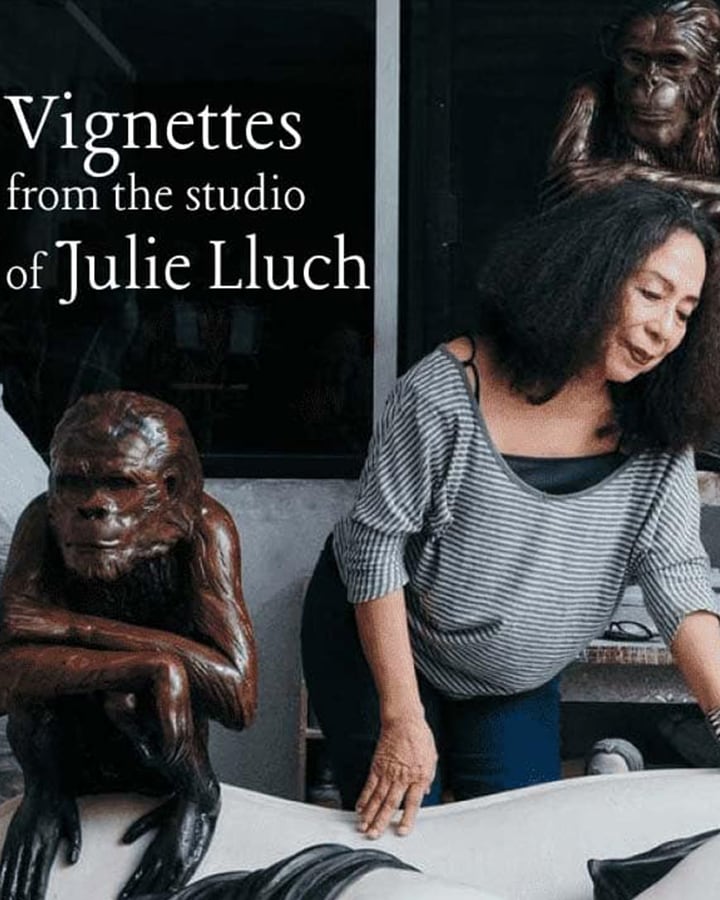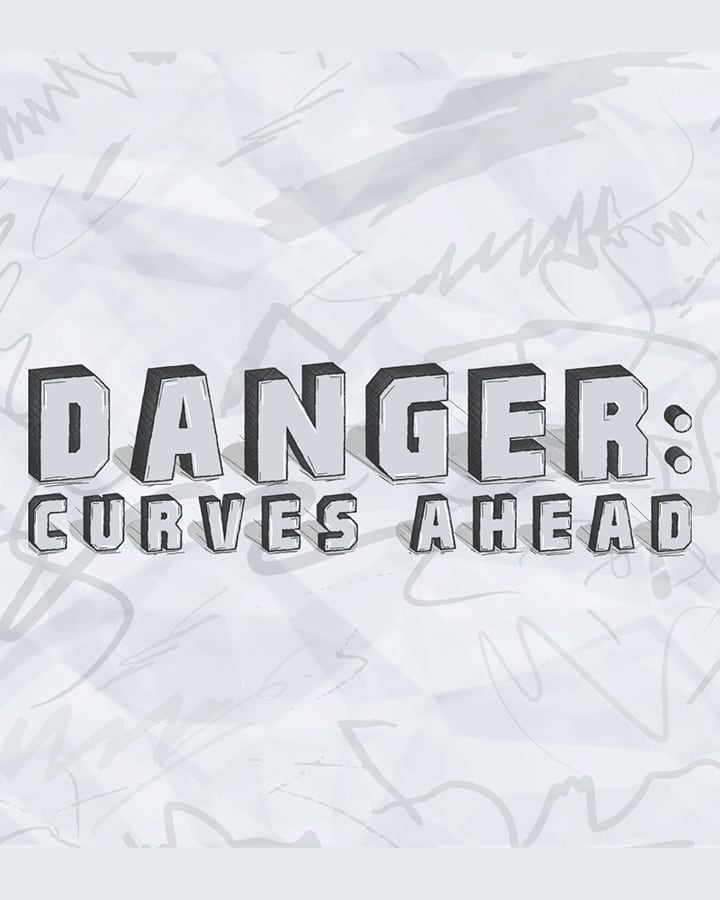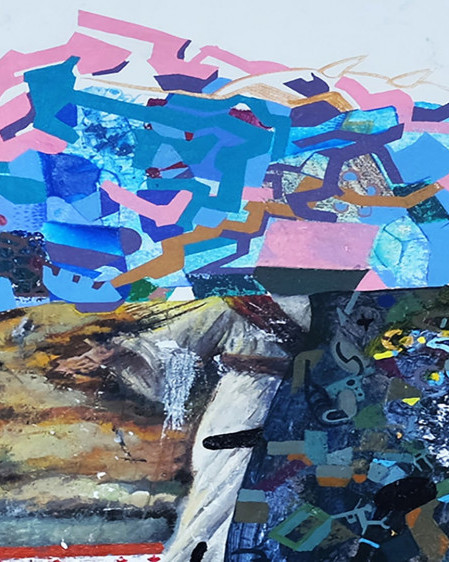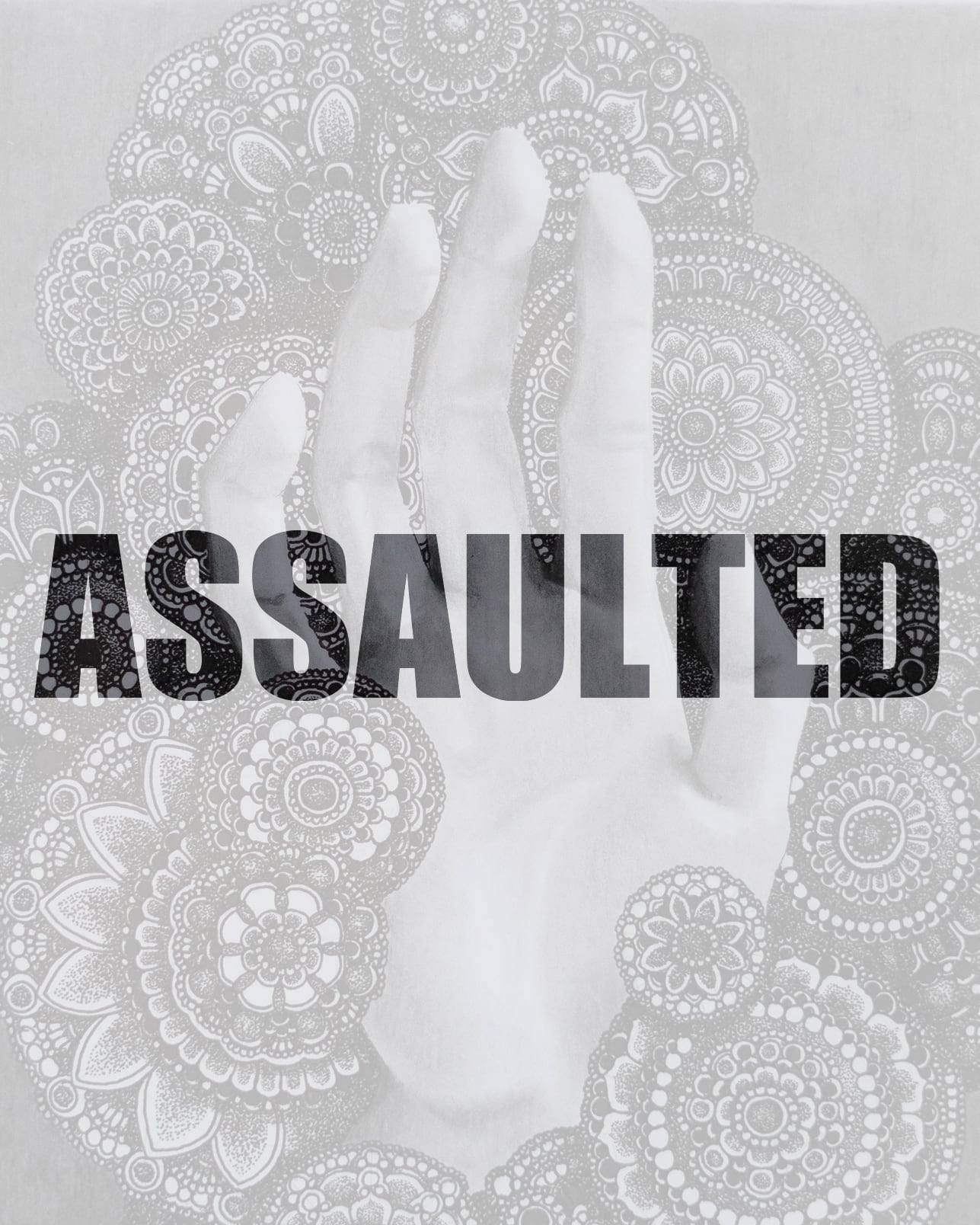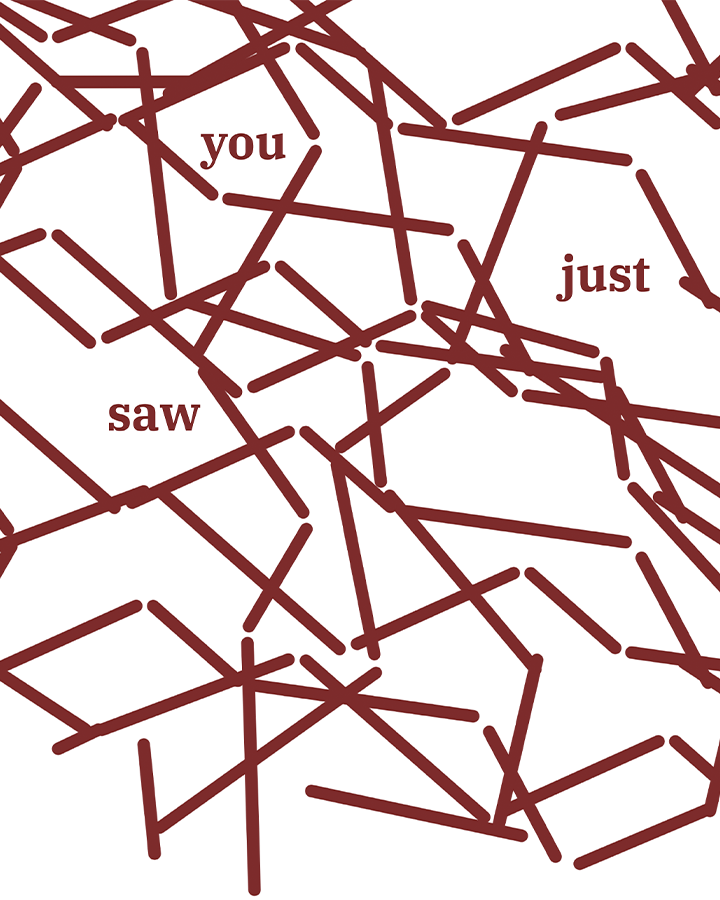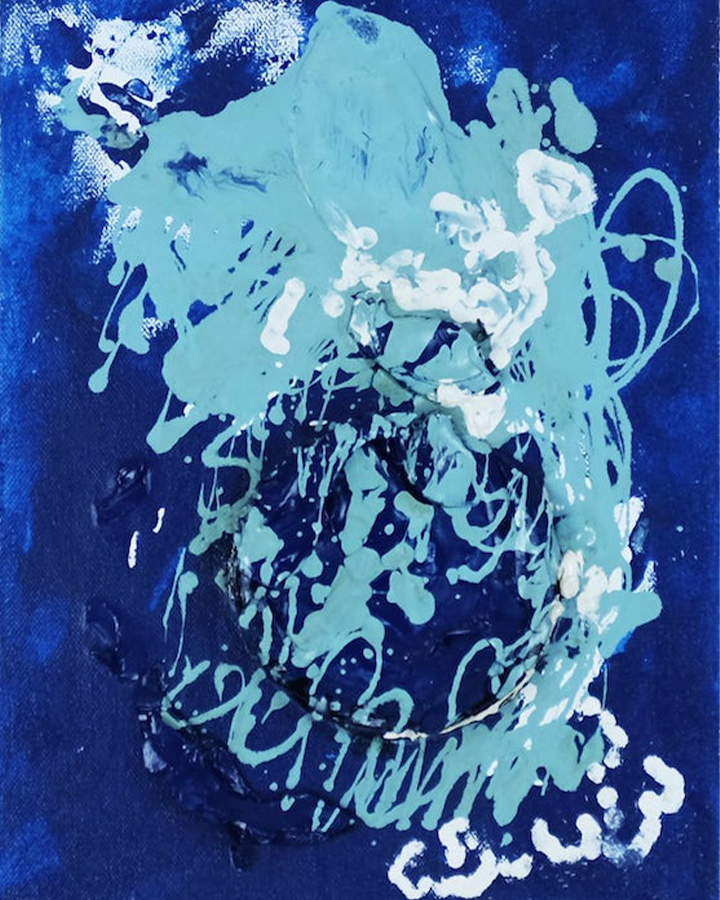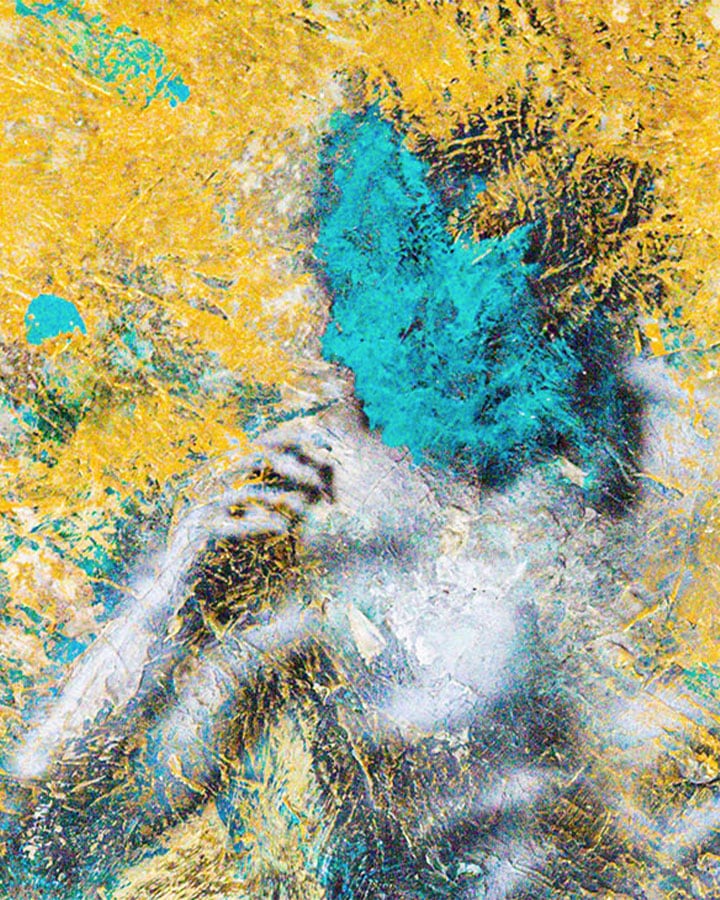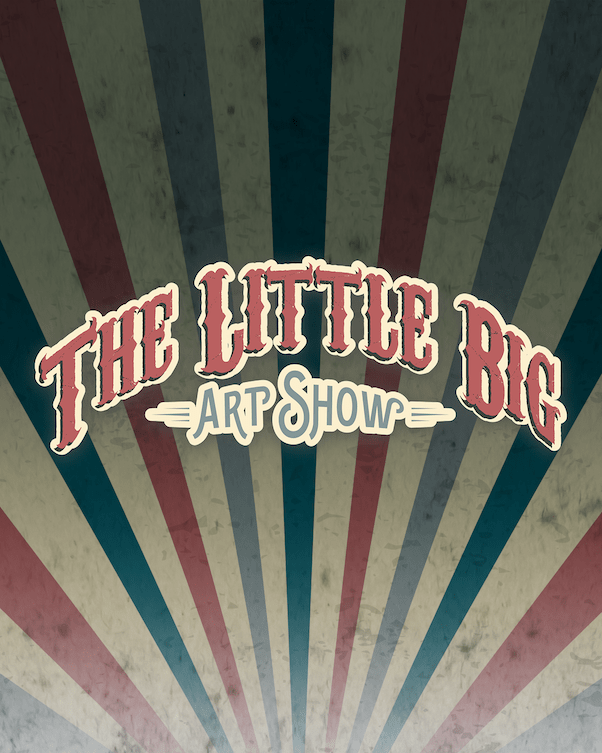War In Art
By: Joshua Alexander "Joey" Manalo
Published April 04, 2023
War in art should be embraced. Not to promote violence but to amplify horrors in order to rightly condemn it.
In Hinduism and Buddhism there is a concept called a “Klesha” that is essentially on the opposite spectrum of enlightenment. Literally translated from Sanskrit, Klesha means “poison”. “Narok Eyes” by Louie Cordero depicts these Kleshas but here they contain a prickly beauty that can still exist even with all the confusion, chaos and uncertainty in our heads. Impeccably executed as with all Cordero’s works, “Narok Eyes” is a serigraph that was part of an exhibition revolving around the theme of the Buddhist underworld. The work illustrates that war can also exist in our heads. War entails suffering and suffering is something that is often more felt than seen. I feel emotionally hijacked by this work. How can we change even if our circumstances don’t change? War in art must denounce rather than glorify. Denounce war by portraying it for what it really is—hell on earth.
In “Bad For Your Health (Maguindanao Black)” by Sidney Valdez we see a victim of one of the most despicable massacres in recent Philippine history. As seen in the visuals of this painting, impunity can also be as lethal as the contents of cigarettes. Let’s not forget that this is a Sidney Valdez work after all, and as with most of Sidney's works, we are presented with a trial, something that is not quite breaking the law and not quite a full rebellion either. A paradox. An anti-hero. In politics it is not uncommon to talk without saying anything. In line with this, Sidney’s work conveys a defiance to this practice and makes us question how each person can either directly or indirectly facilitate in the making of dictators. I am moved by this work because it serves as a reminder that while art can give praise and beauty on earth, it can also tear one’s heart out and leave one furious. An exile in the middle of nowhere. Art is no game. It is as dangerous and addictive as nicotine. Art is like war. But perhaps there are really only two types of people in this world—the living and the dead.
Throughout history and to this day, we see how politics and international relations often turn out—a network of alliances that “hold the peace” but always at the expense of the marginalized. The treating of people as outcasts and second-class citizens. Nowhere is this more terrifyingly seen than in weapons for execution. Take the garrote for instance which is depicted in “Variation On A Theme By Bruegel and Golub” by Lourd De Veyra. I have to admit that the orange tones spookily comfort me and remind me of Halloween festivities. But as we ponder on the subject matter further, we are reminded that art is not merely aspirational. We see this time and time again: artworks as pretty bullshit simply made to keep people distracted. But art can be a tool in intensifying a political struggle or a social issue, destabilizing it, and eventually, hopefully, an eventual disintegration and balance of power is restored without violence. Nikola Tesla said “We are all one. Only egos, beliefs and fears separate us”. War in art is not a patriotic adventure to be romanticized. For what happens when the lights go out?
War in art.
First photo NAROK EYES by Louie Cordero
Second photo BAD FOR YOUR HEALTH (MAGUINDANAO BLACK) by Sidney Valdez
Third photo VARIATION ON A THEME BY BRUEGEL AND GOLUB by Lourd De Veyra
